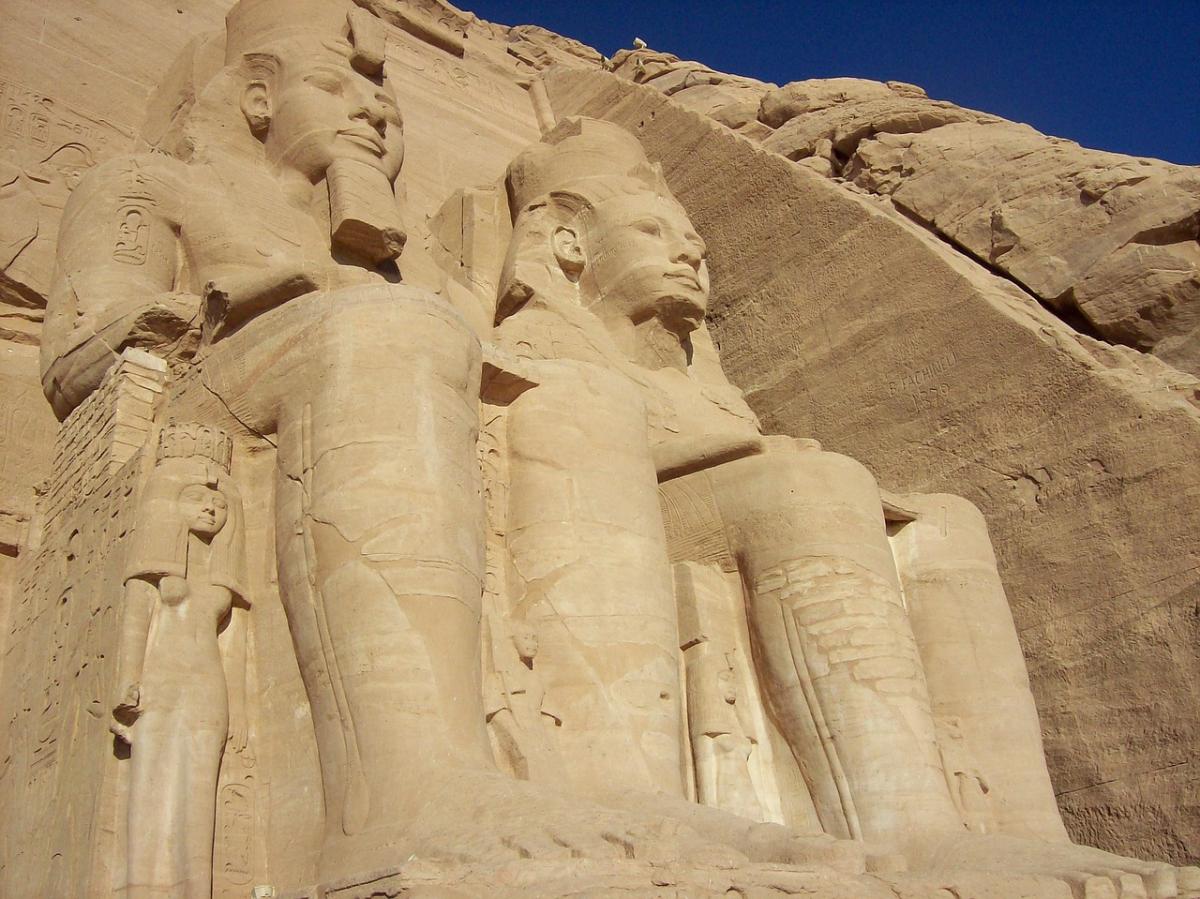
Exploring the Fascinating History of Luxor
Luxor is an ancient city located in the south of Egypt on the east bank of the Nile River. It was founded by Pharaoh Amenhotep III around 1400 BCE and it served as a major religious center for much of Ancient Egyptian history. Luxor’s most famous monuments are its two large temples: The Temple of Karnak, dating back to around 2000 BCE, and the Temple of Luxor, built by Amonhotep III in 1300 BCE. These majestic structures were designed with impressive architecture featuring giant pillars and statues that still stand today despite enduring centuries of weathering from natural elements. The two temples remain some of Egypt’s most iconic landmarks and have made Luxor one of the world's foremost tourist destinations for those interested in Ancient Egyptian culture and history.
Ancient Thebes
Ancient Thebes is an ancient city located along the Nile River in upper Egypt. In its heyday, it was one of the most important cities in all of Ancient Egypt, serving as a royal capital and political center for many centuries. It was first founded during the Middle Kingdom period (around 2000 BCE) by Pharaoh Mentuhotep II, who unified Upper and Lower Egypt after centuries of warring states. As Thebes grew in power and influence over the following years, it became known as “The House of Amun” - referring to its patron deity Amun-Ra - and eventually earned status comparable to that of Heliopolis (the spiritual home of Ancient Egyptian royalty). During this time, Temples were erected throughout Thebes dedicated to various gods such as Seti I’s Temple at Abydos; Hatshepsut’s mortuary temple near Deir el Bahri; Ramses III’s funerary temple at Medinet Habu; and Amenhotep III's Temple at Luxor. These religious monuments are some of Ancient Egypt's finest examples of architecture still standing today.
Throughout history, Ancient Thebes served not only as a major religious center but also played an integral role in politics both domestically within Egypt itself and abroad with other Mediterranean powers such as Assyria or Persia. Its kings exercised great authority over their subjects through laws which they declared from their palaces or temples while further expanding trade between foreign countries via diplomatic relations with international rulers. Additionally, Ancient Thebes acted as a hub for cultural exchange between different civilizations by hosting large festivals where artisans could showcase their craftsmanship while musicians performed traditional songs from around the world. This unique mix helped create a melting pot atmosphere which allowed ideas from various sources to be shared among people living there resulting in innovations that would shape future generations both locally and beyond borders
Luxor During the New Kingdom
The Temples of Luxor were built during the New Kingdom period in order to celebrate and honor the gods who ruled Ancient Egypt. The most impressive structure from this era is the Temple of Amon-Ra, constructed by Pharaoh Amenhotep III in 1300 BCE. This colossal temple featured a grand entrance hall with two large pillars leading up to a courtyard surrounded by numerous columns and statues depicting scenes from Egyptian mythology. Another noteworthy temple was the Temple of Mut, which was dedicated to Amun's consort goddess Mut. It included an inner sanctuary where priests performed rituals in her honor as well as an open courtyard situated between two pylons decorated with colorful murals that depicted various religious symbols such as birds, lions, cows and cobras.
Luxor also served as Egypt’s capital during this time period due its strategic location along the Nile River which allowed for easy access to trade routes connecting it with other major cities throughout Africa and Europe. As a result, many rulers chose to build their palaces here including Ramses II who established his own royal residence called “Per-Ramses” (meaning House of Ramses). During this era there were also several festivals held at Luxor featuring traditional dances and music performances intended to please both gods and mortals alike. All these events contributed greatly towards creating a vibrant atmosphere within Luxor that attracted visitors from all over the world seeking out new experiences through art or religion while engaging with locals on matters related politics or commerce.
Luxor in the Modern Era
In the modern era, Luxor has seen its ancient temples suffer from destruction due to looting and vandalism. In recent years, however, archaeologists have begun a new wave of excavations in the area that are slowly revealing much of what was lost over time. These efforts are helping to restore some of these magnificent monuments to their former glory as well as uncovering important artifacts such as statues and jewellery from Ancient Egypt’s past. Additionally, tourists can now visit many of these sites which provide an incredible insight into this period in history while also giving visitors a chance to appreciate the sheer scale of architectural achievement that went into constructing them thousands of years ago.
The world-famous Valley of Kings is another example where modern-day archaeological work is bringing back life to one of Luxor’s most important historical locations. This site contains numerous tombs built by Pharaohs for themselves and their families during Ancient Egyptian times with offerings still inside providing valuable clues about how people lived and were buried during this era. Many notable figures have been discovered here including Ramses II who was known for his great wealth and power throughout Egypt at the time while other remains belonging to Tutankhamun remain highly sought after today by historians around the world.
Finally, there are several museums located around Luxor dedicated solely towards displaying various artifacts found through excavations all over Egypt such as sculptures or pottery pieces from different dynastic eras along with excerpts from texts written in hieroglyphics offering further insights into how civilization flourished in this part of Africa centuries ago. All these attractions make it easy for anyone interested in exploring more about Ancient Egyptian culture or just wanting to learn something new about our past when visiting Luxor today!
Conclusion
In conclusion, the historical and cultural significance of Luxor is undeniable. For centuries this city was at the center of Ancient Egyptian life with its palaces, temples and monuments serving as a testament to the power and influence it held during its time in history. Today, many of these ancient structures remain standing despite suffering from looting or weathering over thousands of years while archaeological excavations have revealed new artifacts which offer valuable insights into how people lived in Ancient Egypt. Furthermore, numerous museums around Luxor provide visitors with an opportunity to explore further by displaying various works from different eras along with hieroglyphic texts offering even more information about our past. Thanks to all these efforts, we can continue to appreciate what Luxor has left behind for generations to come while also teaching us something about ourselves in the process.
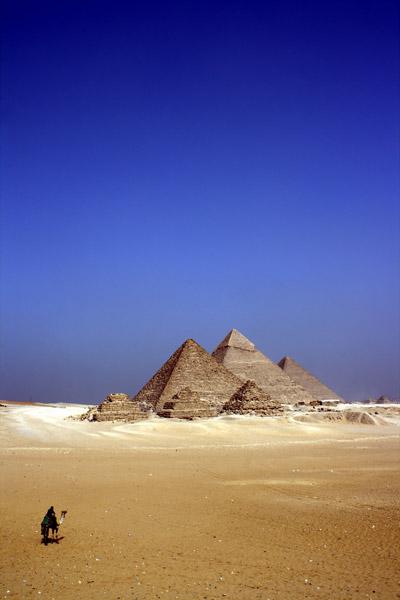
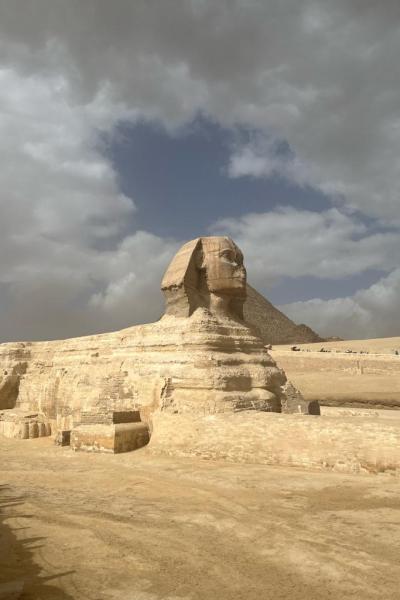
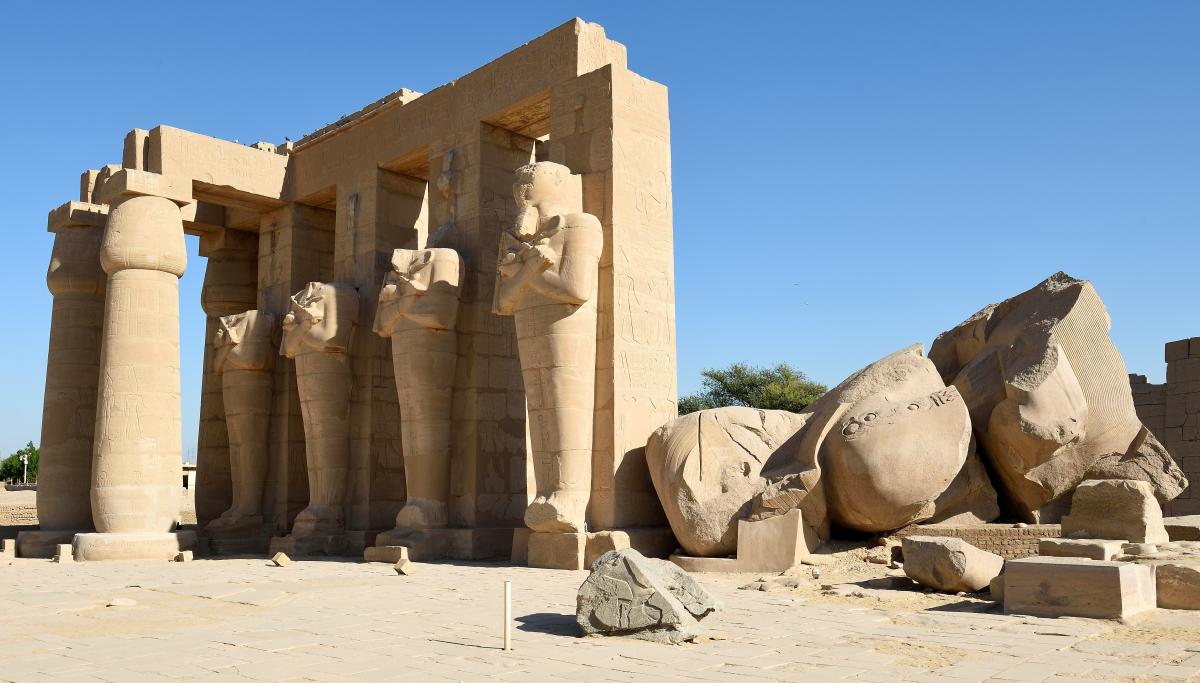
Across the Nile River from the bustling modern city of Luxor lies a landscape of dramatic dualities that shaped the beliefs and lives of the ancient Egyptians . The West Bank presents a stark transition from a verdant, life-giving floodplain, created by millennia of the Niles annual deposit of fertile...
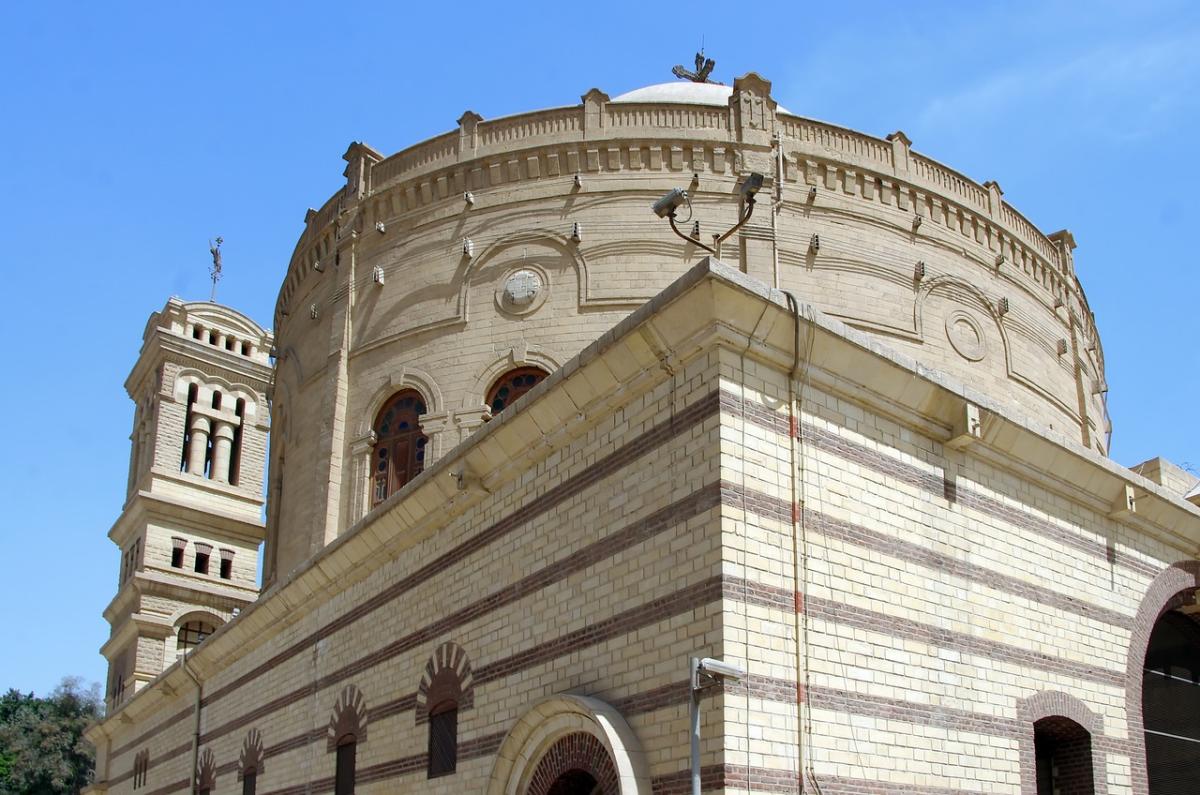
Coptic Cairo, a historic district nestled within Old Cairo, stands as a testament to Egypts rich and enduring Christian heritage. This ancient enclave, a place where Pharaonic, Greco-Roman, and Islamic cultures have intertwined, offers a profound glimpse into the spiritual and cultural legacy of one...
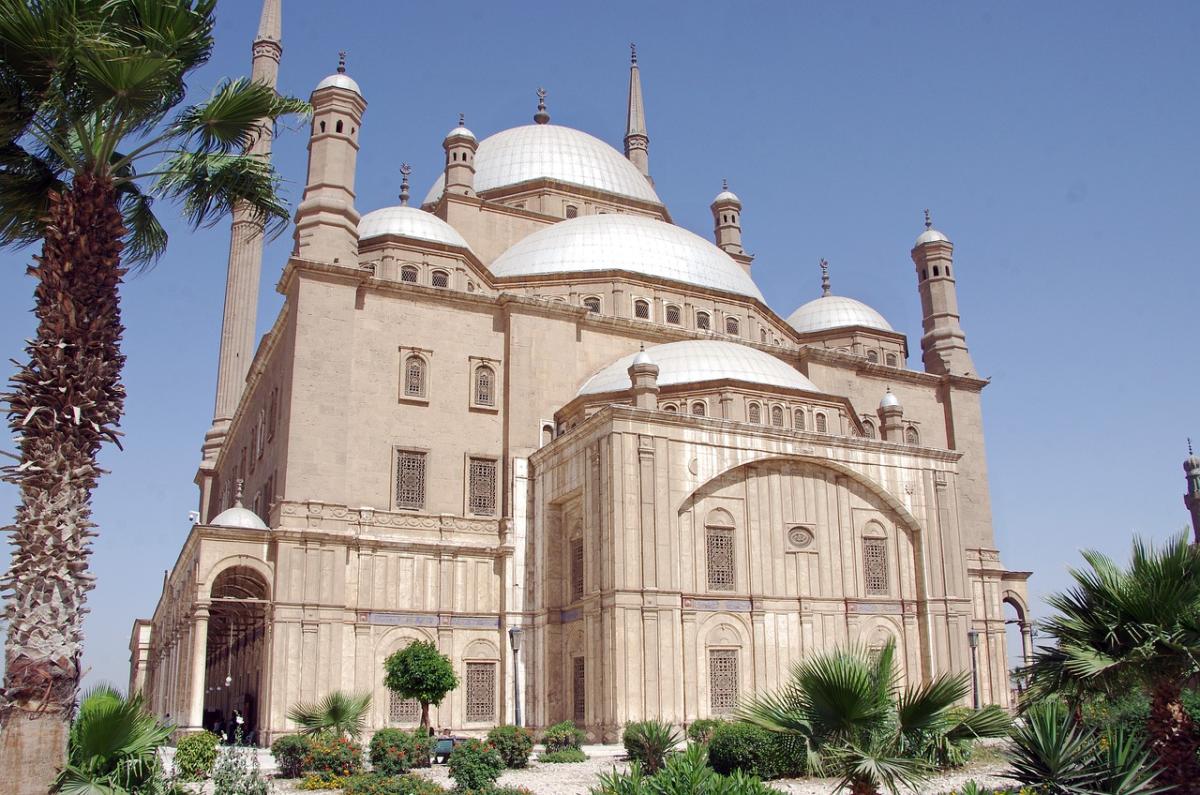
The Citadel of Cairo is an ancient fortress located in the heart of the city and one of its most iconic landmarks. Built by Salah ad-Din during the 12th century, it was used to protect Egypt from invaders and to control trade routes between East and West. The Citadel has served as a military residence,...